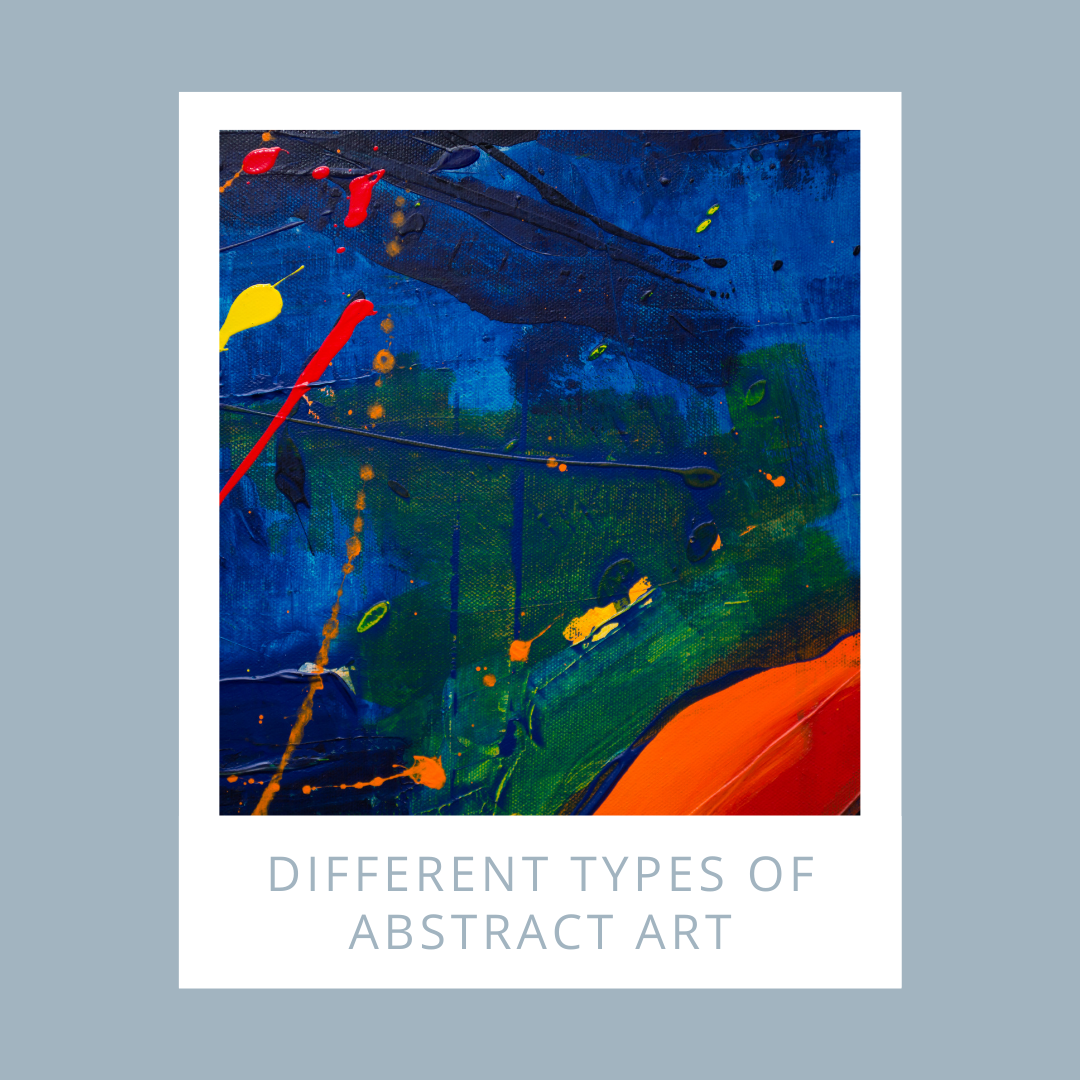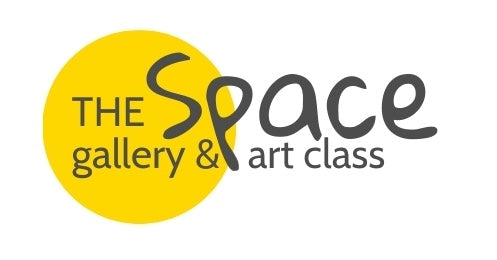
Different types of abstract art
Share
Abstract art is a vague umbrella term for any painting or sculpture which does not portray recognizable objects or scenes. Here are some different types of abstract art you should know.

Gestural techniques
This is a form of abstract expressionism, where the process of making the painting becomes more important than usual. Paint may be applied in unusual ways, brushwork is often very loose, and rapid. Think Pollock, Kline and De Kooning. By viewing the action of paintings as more of a dance and prioritizing physical gestures, artists could create new types of abstract art that reflected the emotion of the artist.

Silver Over Black, White, Yellow, and Red, by Jackson Pollock (1948)
Block colour

Colour field painting, by Mark Rothko (1968)
Art reached new levels of abstraction through the work of American painter Mark Rothko, who was renowned for his large-scale “Colour Field” paintings. His monumental canvases explored the psychological and dramatic potential of block colour. It is the process of taking colours that are opposite on the colour wheel and using them together in order to create complimentary colour patterns.
The Rambling by artist Neelum
Soft Focus
With his blurred lines and blurred dimensions, Rothko was the pioneer of soft focus art and, to this day, remains the preeminent example. The style has evolved over the years to include textural pieces (like those of Gerhard Richter) and contemporary works continue in this vein. Forgoing sharp geometry in favour of ethereal forms and apparently limitless dimensions, these works rethink the style with different techniques, including scumbling (applying a thin layer of paint in a semi-circular motion for a softer look).
The Entrance by artist Pascale R
Marbling
Marbled paper is the art of floating pigments and dyes on water, and transferring those patterns onto paper. The marbling artist uses the mobility of the water and suspended pigments to create free form shapes or combed patterns.
Suminagashi, the ancient art of Japanese marbling, is arguably one of the earliest forms of abstract art, with the first known example dating to the 10th century.
Each marbling example is unique, and the results are ethereally beautiful and abstract.

Monochrome
Monochrome is undoubtedly the universal colour palette for abstract artwork. Not too bold, not too passive, it manages to retain all of the edge for which modern art is known whilst being timeless in the process. Plus, there’s the added bonus of not needing to feel.

What is you favourite type of abstract art?
Reference: shutterstock blog and LuxDeco
Pictures: Canva and Pinterest


